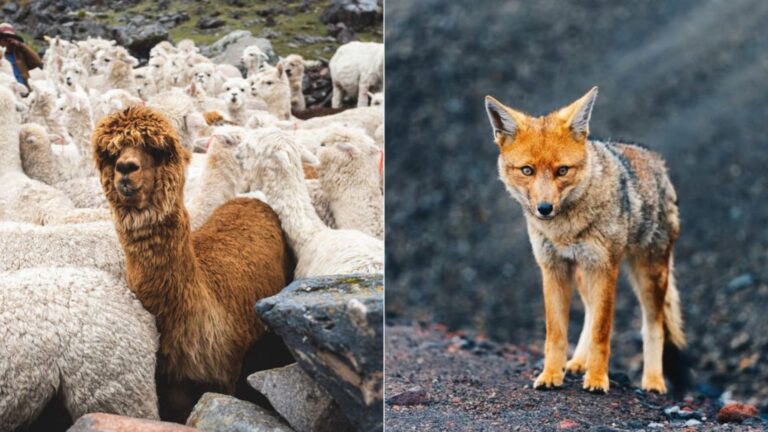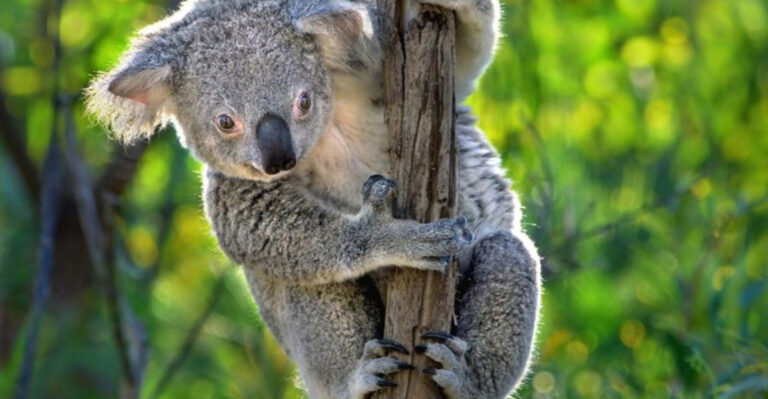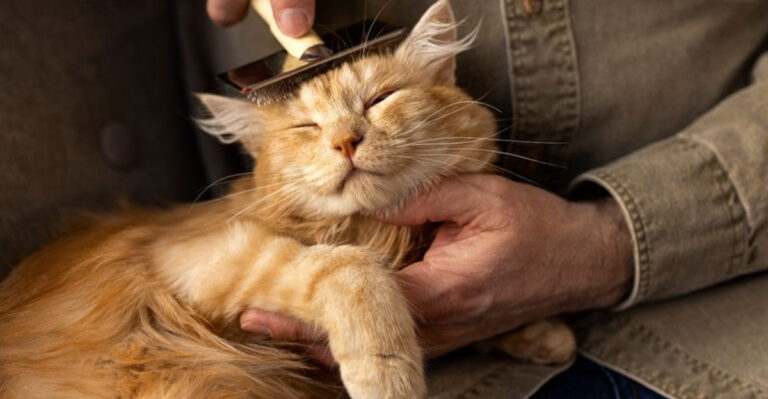15 Animals That Use Aposematism (Nature’s Way Of Saying ‘Don’t Touch!’)
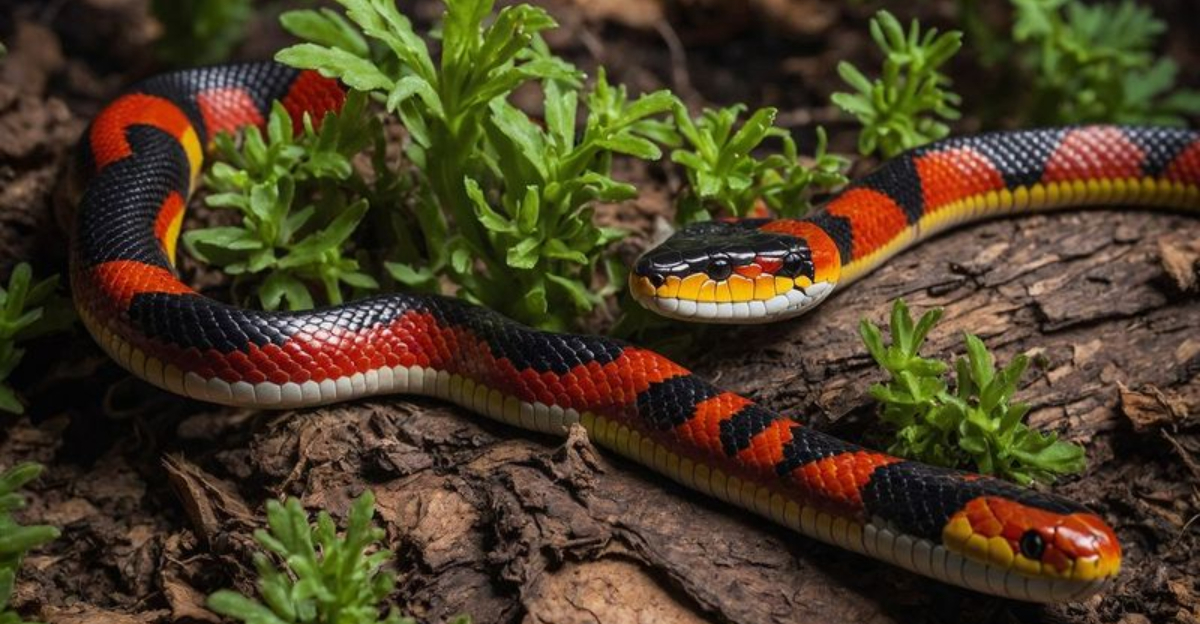
Ever thought some animals wear their warnings like a fashion statement? In nature’s version of “keep away,” aposematism is the vibrant shout-out some animals use to signal they’re not a snack.
These daring creatures flaunt bright colors or patterns to say, “Mess with me at your own risk!”
1. Poison Dart Frog
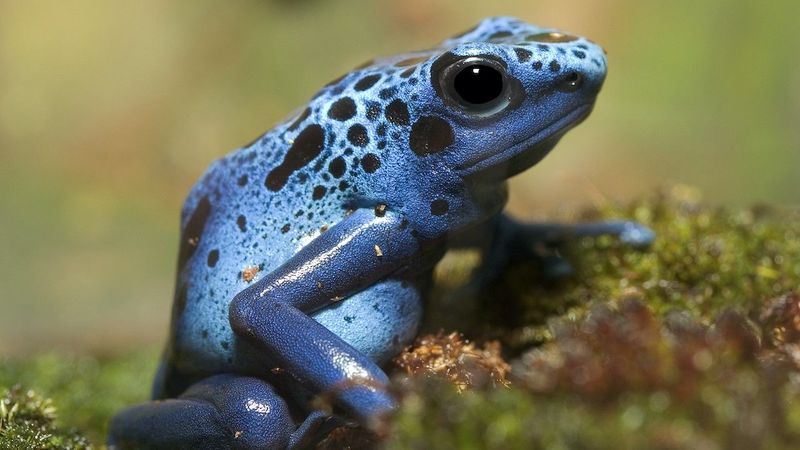
Tiny but with a punch, the poison dart frog is nature’s warning sign. These frogs sport vibrant colors like electric blue and fiery orange.
While they may look like a living rainbow, they carry toxins powerful enough to deter predators.
Found mostly in Central and South American rainforests, these amphibians are a visual warning that beauty can bite back. Who knew such a small creature could pack such a serious punch?
2. Monarch Butterfly
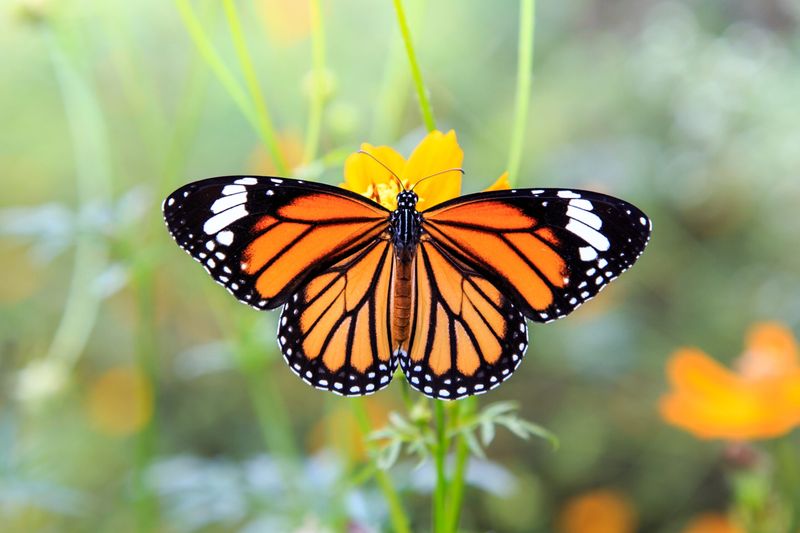
Ever seen a butterfly that’s a master of disguise? Monarch butterflies wear their orange and black wings with pride, warning predators of their toxic taste.
The bright patterns scream, “Eat me if you dare,” turning them into survival experts. As they flutter across North America during migration, these butterflies remind us that not all that’s beautiful is safe to eat.
It’s like wearing a neon sign that says, “Dangerous but dazzling.”
3. Skunk
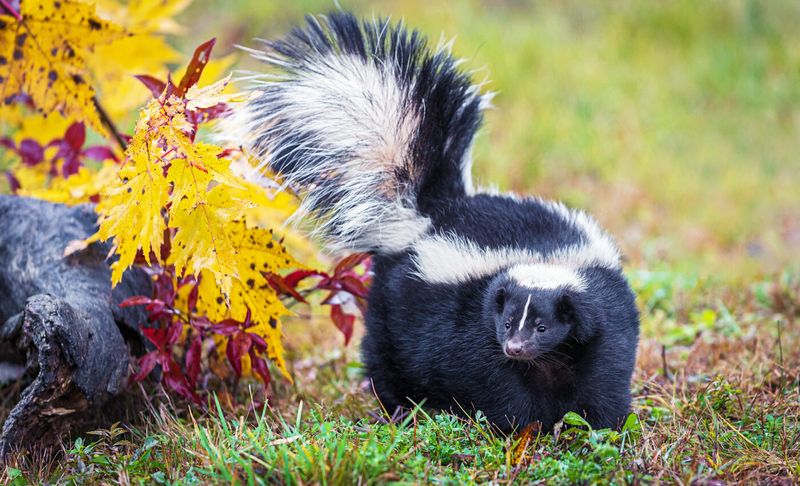
What’s black, white, and smells all over? The skunk, of course! With its contrasting stripes, this critter gives a stylish warning to back off.
Those bold patterns aren’t just for show; they advertise the skunk’s infamous spray. When threatened, they unleash a stinky surprise that leaves a lasting impression.
Living mostly in North America, skunks are nature’s way of saying, “I stink, therefore I am.”
4. Coral Snake
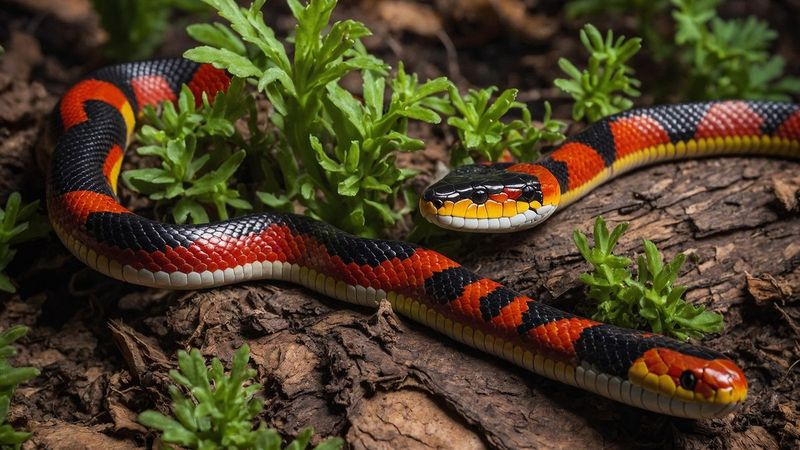
Red touch yellow, kill a fellow; red touch black, friend of Jack. Coral snakes have a color code that’s as deadly as it is dazzling. Their vibrant bands warn predators of their venomous bite.
Found in the Americas, these snakes are a living puzzle of danger and delight. While their looks are captivating, they’re a reminder that sometimes beauty is best admired from afar.
5. Ladybug
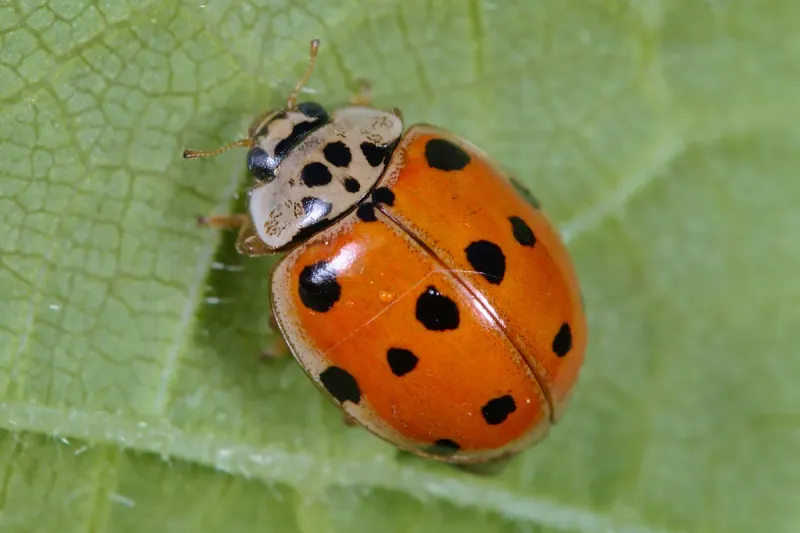
Who knew such a tiny bug could be so mighty? Ladybugs, with their vivid red shells and black spots, aren’t just cute—they’re a walking warning.
Their bright colors tell predators they’re not worth the trouble, as they taste foul. Found in gardens worldwide, these little beetles protect plants by snacking on pests.
It’s like having a tiny, colorful guardian for your garden.
6. Lionfish
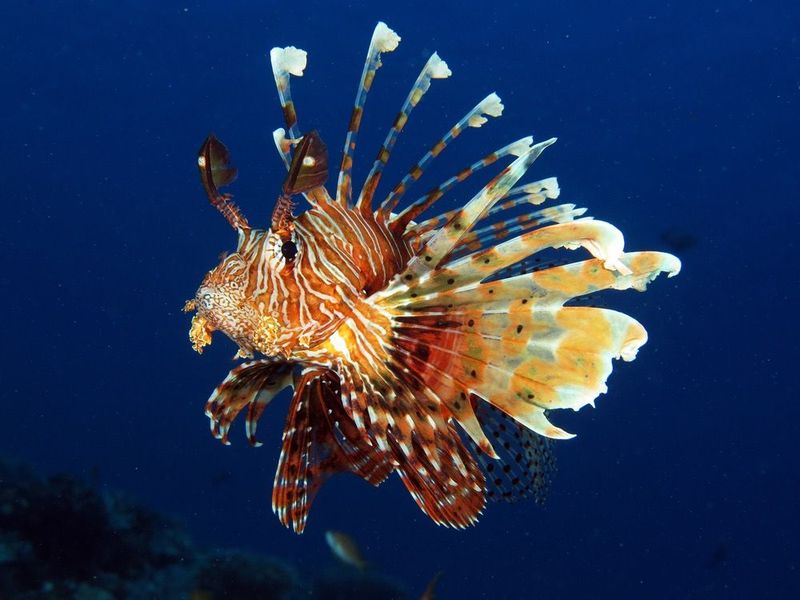
With fins that look like they belong on a fashion runway, lionfish are the peacocks of the sea. Their striped bodies and flowing spines warn of venomous barbs that deliver a painful sting.
Found in the Indo-Pacific, these aquatic beauties are a visual treat but a painful touch. It’s a marine masquerade that says, “Admire, but don’t approach.”
7. Blue-Ringed Octopus
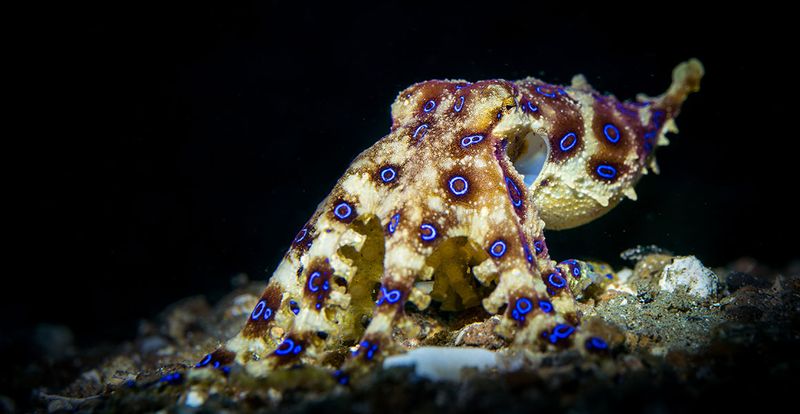
Tiny but terrifying, the blue-ringed octopus can fit in the palm of your hand, yet packs a venomous punch. Those dazzling blue rings aren’t just for show – they’re a flashing warning.
Found in tide pools of the Pacific, this creature is as deadly as it is beautiful. While it’s a marvel to watch, it’s best to appreciate from a distance. A tiny titan of the tides!
8. Fire Salamander
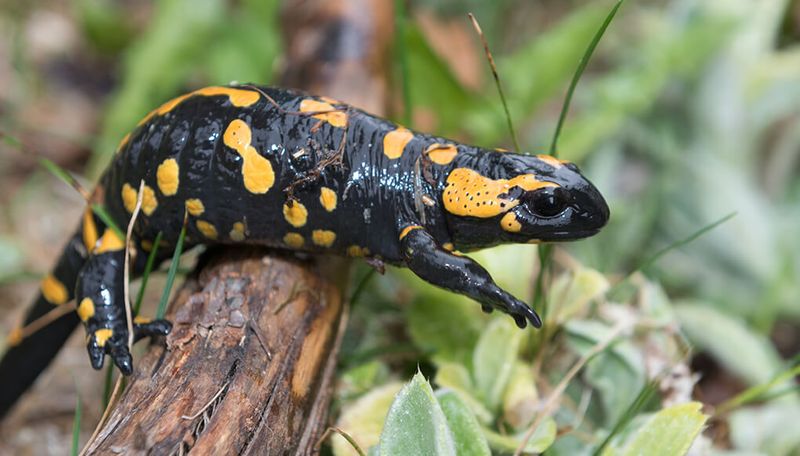
Looking like something out of a fantasy novel, the fire salamander is all about contrast. Sporting black skin with bright yellow spots, it warns predators of its toxic secretions.
These amphibians are often found in European forests, where they blend mystery with menace. A living legend, they’re proof that sometimes the most magical-looking creatures are best left untouched.
9. Hooded Pitohui
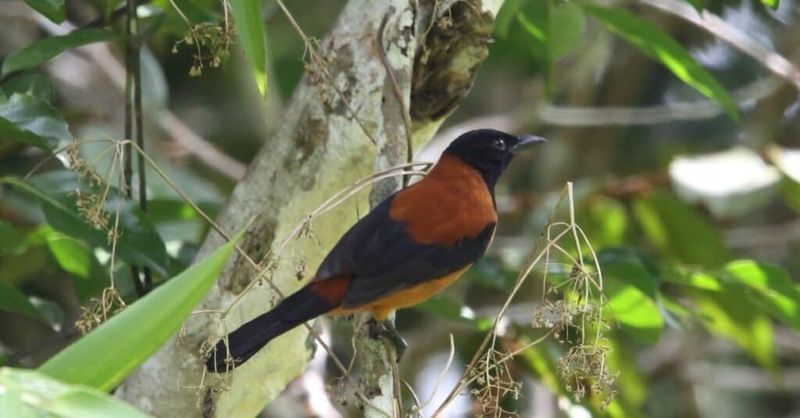
Who would have thought a bird could be poisonous? The hooded pitohui of Papua New Guinea uses its striking orange and black feathers as a warning.
Its skin and feathers contain toxins that deter predators, making it one of the few toxic birds. Perched high in jungle canopies, it’s a vibrant reminder that not all birds are meant to be handled. A real feathered enigma!
10. Gila Monster
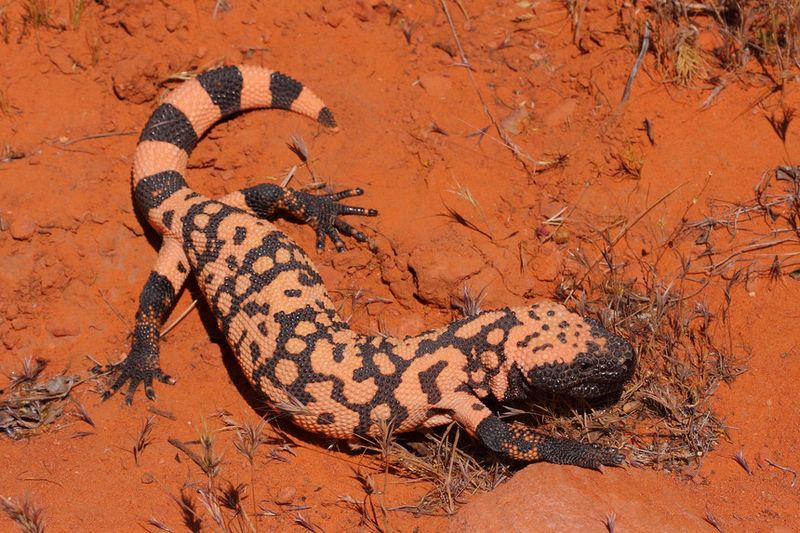
With a name like Gila monster, you’d expect something fearsome, and you’d be right.
This lizard’s orange and black patterns warn of its venomous bite. Found in the desert regions of the southwestern United States, it’s a creature of heat and danger.
While slow-moving, its bite packs a punch. A reminder that sometimes the desert’s treasures come with teeth.
11. Cinnabar Moth Caterpillar
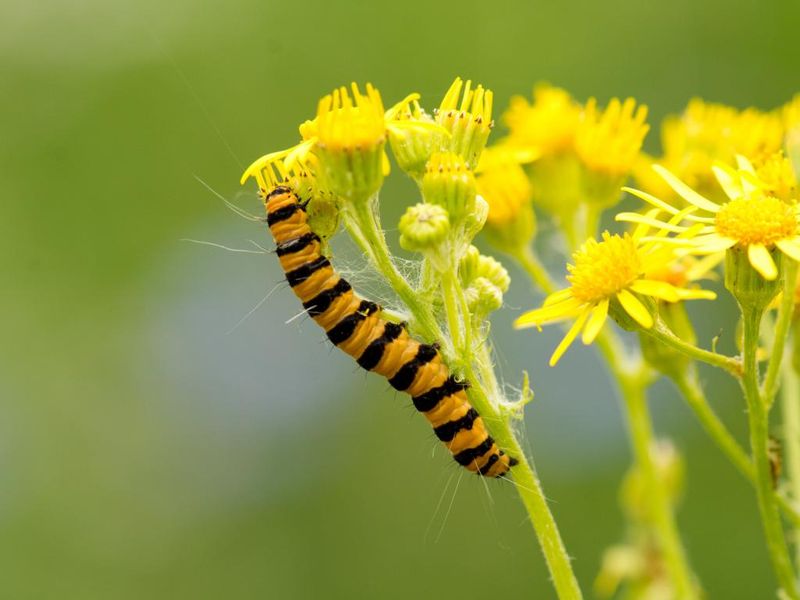
Looking like a tiny tiger, the cinnabar moth caterpillar sports bold yellow and black stripes.
These patterns warn predators of the toxins within. Found munching on ragwort in Europe, this caterpillar is a living caution sign.
It’s a reminder that even the smallest creatures demand respect. As they devour leaves, they flaunt their colors with confidence – nature’s way of showing that small can be mighty.
12. Texas Coral Snake
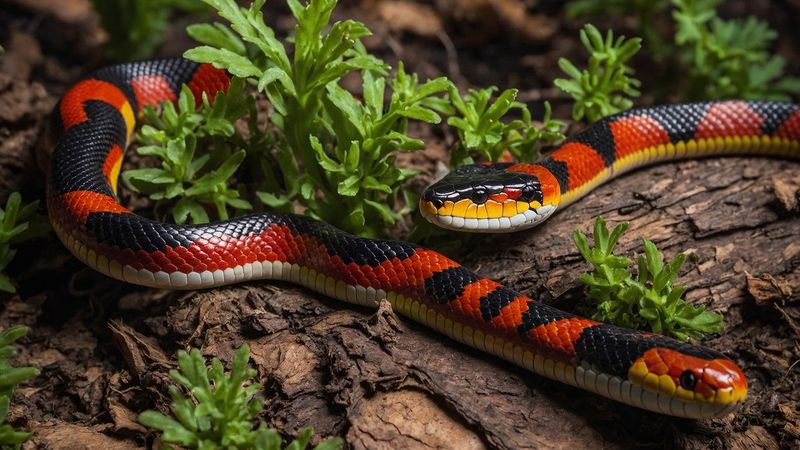
Mixing beauty with caution, the Texas coral snake’s colors are a nature’s warning. Its red, yellow, and black bands are a clear sign of its venomous nature.
Living in the southern United States, it’s a colorful enigma that’s better observed from a safe distance. Its vibrant appearance is a potent reminder that not every snake is safe to touch. Don’t be fooled by the beauty!
13. Marine Cone Snail
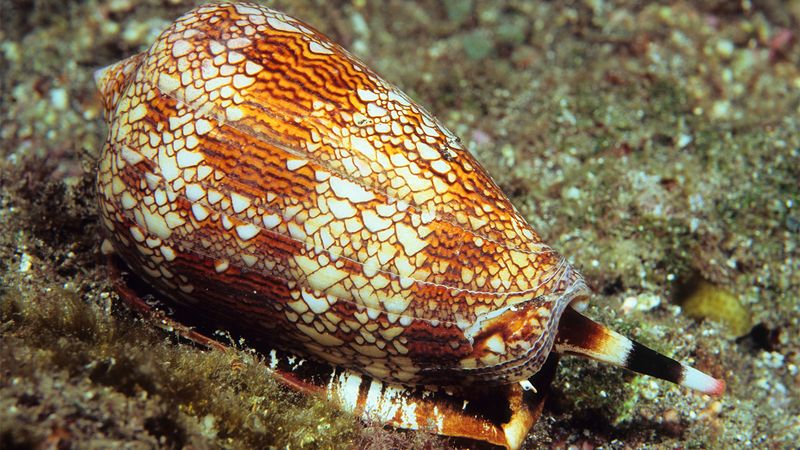
For an animal so slow, the marine cone snail is strikingly deadly. Its shell’s intricate patterns are a siren’s call to the unwary. But beneath lies a harpoon-like tooth that can deliver venom capable of paralyzing fish.
Found in tropical oceans, it’s a living paradox of beauty and danger. Just a reminder that sometimes the most serene exteriors harbor the most dangerous secrets.
14. Banded Krait
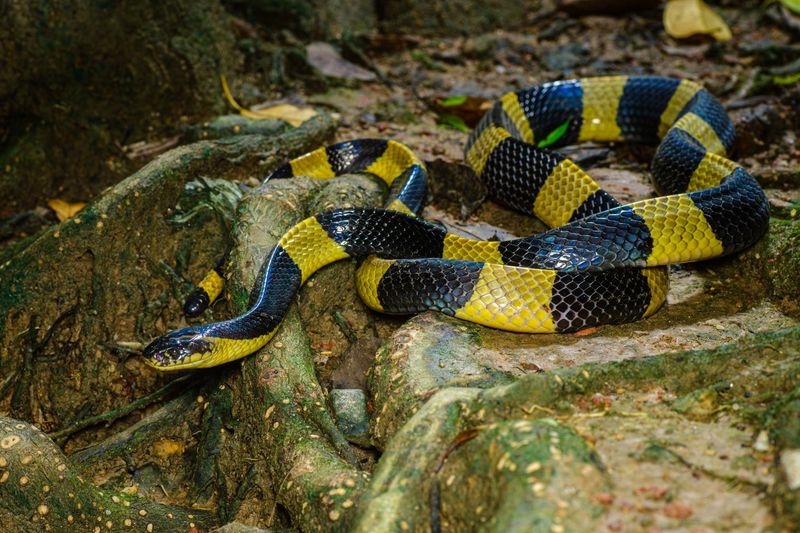
In the world of snakes, the banded krait is a visual masterpiece. Its alternating black and yellow bands serve as a striking warning.
Found in Southeast Asia, this snake is both beautiful and deadly. Its venomous bite is a potent defense, and those patterns are proof that sometimes nature’s fashion is function.
A jungle jewel that’s best appreciated from afar.
15. Red Velvet Ant
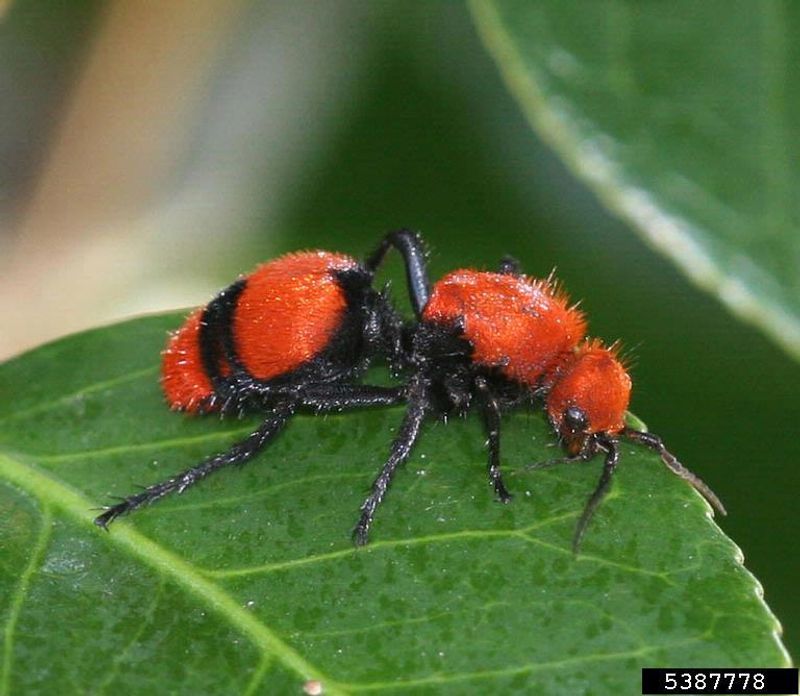
Despite its name, the Red Velvet Ant is actually a wasp, famous for its intense red and black coloring.
This striking appearance is a straightforward warning to predators about its painful sting, often referred to as the “cow killer” sting.
Native to the eastern United States, these insects are solitary and do not form colonies.
The females are wingless and are often found scurrying through sandy areas, their colors serving as both a warning and a disguise.

